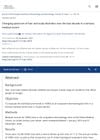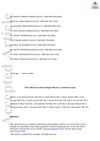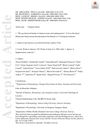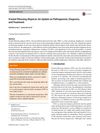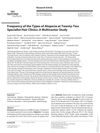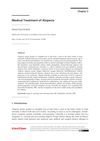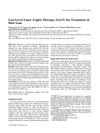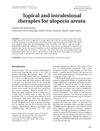Hair and Scalp-Related Disorders: A Trending Topic in Dermatology
December 2022
in “
Journal of the European Academy of Dermatology and Venereology
”
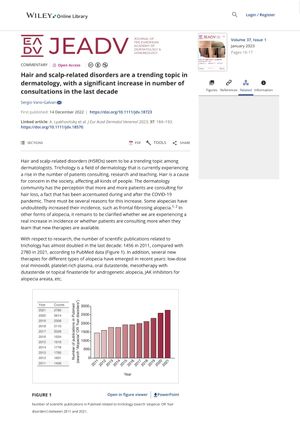
TLDR More people are seeing dermatologists for hair and scalp problems now than in the past.
The document discusses the increasing trend in hair and scalp-related disorders (HSRDs) consultations in dermatology, particularly during and after the COVID-19 pandemic. The number of scientific publications related to trichology nearly doubled from 1456 in 2011 to 2780 in 2021. New therapies for different types of alopecia have emerged, including low-dose oral minoxidil, platelet-rich plasma, oral dutasteride, and others. A study in Israel showed that the annual number of HSRDs and their proportion with all dermatological outpatient visits significantly increased from 1.24% in 2010 to 9.44% in 2020, with a female-to-male ratio of 2:1. The most prevalent HSRDs included androgenetic alopecia (30.6%), alopecia areata (19.3%), and others. The frequency of androgenetic alopecia and frontal fibrosing alopecia significantly increased over time. The document concludes that HSRDs represent a considerable proportion of disease burden, reflecting the growing need for training in trichology, especially for dermatologists working in ambulatory outpatient care.

